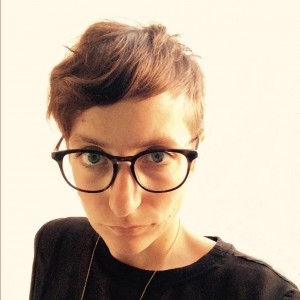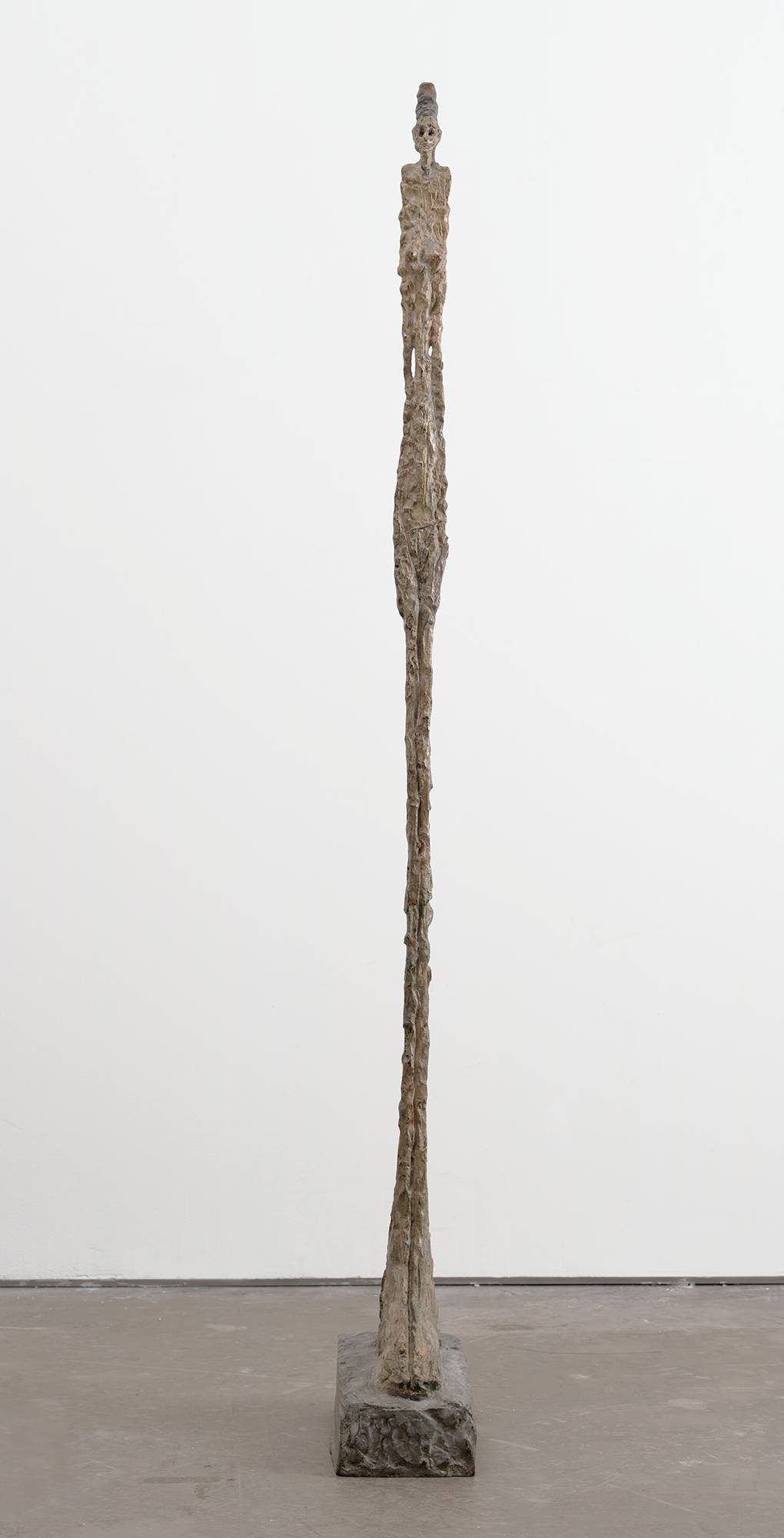[av_slideshow_full size=’no scaling’ stretch=” animation=’fade’ autoplay=’false’ interval=’5′ control_layout=’av-control-default’ src=” attachment=” attachment_size=” position=’top left’ repeat=’no-repeat’ attach=’scroll’]
[av_slide_full slide_type=’image’ id=’64796′ video=” mobile_image=” video_format=” video_ratio=” title=’Alberto Giacometti:
Redefining the human figure’ custom_title_size=’48’ custom_content_size=’20’ caption_pos=’caption_center’ link_apply=” link=’lightbox’ link_target=” button_label=” button_color=’light’ link1=’manually,http://’ link_target1=” button_label2=” button_color2=’light’ link2=’manually,http://’ link_target2=” font_color=’custom’ custom_title=’#f9f9f9′ custom_content=’#efefef’ overlay_enable=’aviaTBaviaTBoverlay_enable’ overlay_opacity=’0.1′ overlay_color=’#444444′ overlay_pattern=” overlay_custom_pattern=”]
BY SILVIA ANNA BARRILA
[/av_slide_full]
[/av_slideshow_full]
[av_one_fifth first min_height=” vertical_alignment=” space=” custom_margin=” margin=’0px’ padding=’0px’ border=” border_color=” radius=’0px’ background_color=” src=” background_position=’top left’ background_repeat=’no-repeat’ animation=”][/av_one_fifth]
[av_three_fifth min_height=” vertical_alignment=” space=” custom_margin=” margin=’0px’ padding=’0px’ border=” border_color=” radius=’0px’ background_color=” src=” background_position=’top left’ background_repeat=’no-repeat’ animation=”]
[av_textblock size=’16’ font_color=’custom’ color=’#ffffff’]
Alberto Giacometti, “Place”, 1948-1949, Bronze, 21 × 63.5 × 44 cm, Emanuel Hoffmann-Stiftung, Depositum in der Öffentlichen Kunstsammlung Basel, © Succession Alberto Giacometti / 2015, ProLitteris, Zurich, Foto: Martin P. Bühler, Öffentliche Kunstsammlung Basel
On show at “Future Present” through Jan. 31, 2016
[/av_textblock]
[/av_three_fifth][av_one_fifth min_height=” vertical_alignment=” space=” custom_margin=” margin=’0px’ padding=’0px’ border=” border_color=” radius=’0px’ background_color=” src=” background_position=’top left’ background_repeat=’no-repeat’ animation=”][/av_one_fifth]
[av_section min_height=” min_height_px=’500px’ padding=’default’ shadow=’no-border-styling’ bottom_border=’no-border-styling’ id=” color=’main_color’ custom_bg=’#f2f2f2′ src=” attachment=” attachment_size=” attach=’scroll’ position=’top left’ repeat=’no-repeat’ video=” video_ratio=’16:9′ overlay_opacity=’0.5′ overlay_color=” overlay_pattern=” overlay_custom_pattern=”]
[av_one_full first min_height=” vertical_alignment=’av-align-top’ space=” margin=’0px’ margin_sync=’true’ padding=’40px,80px,40px,80px’ border=’1′ border_color=’#eaeaea’ radius=’0px’ radius_sync=’true’ background_color=’#ffffff’ src=” attachment=” attachment_size=” background_position=’top left’ background_repeat=’no-repeat’]
[av_textblock size=’16’ font_color=’custom’ color=’#686868′]
MILAN, Italy – Born in Borgonovo di Stampa in Switzerland in 1901, Alberto Giacometti became one of the most important sculptors of the 20th century.
Son of the post-impressionist painter Giovanni Giacometti, Alberto Giacometti soon showed his interest and talent for art. His father and the Swiss artist Cuno Amiet were two influential figures in his early training.
Giacometti studied painting at the Ecole des Beaux-Arts in Paris, and sculpture and drawing at the Ecole des Arts et Métiers in Geneva, from 1919 to 1920. In 1920-21 Giacometti went to Italy, where he appreciated the work of Giotto and Tintoretto. In 1922 he settled in Paris, where he became interested in Cubism and Primitivism. In the mid-1920s he opened a studio with his brother Diego, who worked as his assistant. During these years he tried many approaches.
In the late 1920s Giacometti was attracted to the Surrealists, a group he joined in 1931 and in which he remained until being expelled in 1935. Nevertheless, visionary themes kept recurring in his works, together with metaphorical objects and assemblages. His sculptures often recalled games and architectural models. In those years, Giacometti used the motif of the cage, which allowed him to define space.
Alberto Giacometti, “Standing Woman”, 1948 (cast 1949), Painted bronze, 65 3/8 x 6 1/2 x 13 1/2″, The Museum of Modern Art, New York, James Thrall Soby Bequest © 2015 Artists Rights Society (ARS), New York / ADAGP, Paris
On show at “Soldier, Spectre, Shaman: The Figure and the Second World War” at The Museum of Modern Art in New York through Mar. 20, 2016
In the early 1930s Giacometti also produced functional objects such as lamps and vases, which were sold by avant-garde interior designer Jean-Michel Frank. In 1939, a couple from Argentina commissioned him to design tables, fireplaces and chandeliers, which were shown in Paris before being shipped to Buenos Aires.
Giacometti abandoned the Surrealism and abstraction in the late 1930s to return to the human figure and its representation in space. One issue that remained central during his career was the representation of the head and, in particular, of the eyes. During the 1930s he explored various directions, using as models his brother Diego, his friend and muse Isabel Rawsthorne, the model Rita Gueyfier and others.
During World War II, Giacometti was in Switzerland, where he conceived the idea of the slender figures, which represent his famous sculptures of the postwar period. In comparison to the imagination and playfulness of Surrealism, these works reflect the suffering and trauma of war, and the anxiety and alienation that followed in the postwar period.
[/av_textblock]
[/av_one_full][av_hr class=’invisible’ height=’25’ shadow=’no-shadow’ position=’center’ custom_border=’av-border-thin’ custom_width=’50px’ custom_border_color=” custom_margin_top=’30px’ custom_margin_bottom=’30px’ icon_select=’yes’ custom_icon_color=” icon=’ue808′ font=’entypo-fontello’]
[av_heading tag=’h3′ padding=’10’ heading=’Starting with the intention of representing perspective within the illusion of space, Giacometti found the solution in the elongated proportions of his figures.’ color=’custom-color-heading’ style=’blockquote classic-quote’ custom_font=’#000000′ size=’44’ subheading_active=” subheading_size=’15’ custom_class=”][/av_heading]
[av_hr class=’invisible’ height=’50’ shadow=’no-shadow’ position=’center’ custom_border=’av-border-thin’ custom_width=’50px’ custom_border_color=” custom_margin_top=’30px’ custom_margin_bottom=’30px’ icon_select=’yes’ custom_icon_color=” icon=’ue808′ font=’entypo-fontello’]
[av_one_full first min_height=” vertical_alignment=’av-align-top’ space=” margin=’0px’ margin_sync=’true’ padding=’40px,80px,40px,80px’ border=’1′ border_color=’#eaeaea’ radius=’0px’ radius_sync=’true’ background_color=’#ffffff’ src=” attachment=” attachment_size=” background_position=’top left’ background_repeat=’no-repeat’]
[av_textblock size=’16’ font_color=’custom’ color=’#686868′]
Starting with the intention of representing perspective within the illusion of space, Giacometti found the solution in the elongated proportions of his figures. His sculptures became an artistic reference point for the philosophical currents of existentialism and phenomenology, and for the representation of man alone in the universe and unable to communicate.
The importance of Giacometti in art history is reflected in the art market. His sculpture “L’Homme qui marche I” (The Walking Man I), made in 1961, was auctioned by Sotheby’s London in February 2010 for $103.7 million, becoming the most expensive work of art ever sold at auction (this record was surpassed in May of the same year by “Nu au Plateau de Sculpteur” (Nude, Green Leaves and Bust), a Picasso painting that sold for $106 million). It was also the most expensive sculpture ever sold at auction until May 2015, when another of Giacometti’s sculptures, “L’Homme au doigt” (Pointing Man), from an edition of six produced in 1947, changed hands for $141.3 million at Christie’s in New York. The work had remained in the same collection for 45 years.
Giacometti’s works are in major museum and private collections in the world, including the MoMA (where his 1948 work “Standing Woman” is currently exhibited in the show “Soldier, Spectre, Shaman: The Figures and the Second World War” through March 20, 2016), the Pompidou, the Tate, the Kunsthaus Zürich, the Fondation Beyeler, and the Schaulager (where his 1948-49 work “Place,” is on view in the show “Future Present,” running through Jan. 31, 2016). More than 5,000 works by Giacometti are kept in the Fondation Alberto et Annette Giacometti in Paris.
In 2016, the art world celebrates 115 years since Giacometti’s birth and marks 50 years since his death in 1961. However, time stands still when considering the undisputedly unique qualities of his sculptures, which have assured an enduring legacy.
Alberto Giacometti, “Place”, 1948-1949, Bronze, 21 × 63.5 × 44 cm, Emanuel Hoffmann-Stiftung, Depositum in der Öffentlichen Kunstsammlung Basel, © Succession Alberto Giacometti / 2015, ProLitteris, Zurich, Foto: Martin P. Bühler, Öffentliche Kunstsammlung Basel
On show at “Future Present”, from Jun.13, 2015 to Jan.31, 2016
[/av_textblock]
[/av_one_full]
[/av_section]
[av_one_full first min_height=” vertical_alignment=’av-align-top’ space=” margin=’0px’ margin_sync=’true’ padding=’80px,40px,80px,40px’ border=’1′ border_color=’#eaeaea’ radius=’0px’ radius_sync=’true’ background_color=’#ffffff’ src=” attachment=” attachment_size=” background_position=’top left’ background_repeat=’no-repeat’]
[av_textblock size=” font_color=” color=”]
 About Silvia Anna Barrila
About Silvia Anna Barrila
Silvia Anna Barilla is an Italian fine arts journalist and regular contributor to the Italian financial newspaper Il Sole 24 ORE (ArtEconomy24). She also writes about art, design, lifestyle and society for a number of Italian and international magazines, including DAMn Magazine and ICON (Mondadori). She is based in Milan and Berlin.
[/av_textblock]
[/av_one_full]
[av_hr class=’invisible’ height=’50’ shadow=’no-shadow’ position=’center’ custom_border=’av-border-thin’ custom_width=’50px’ custom_border_color=” custom_margin_top=’30px’ custom_margin_bottom=’30px’ icon_select=’yes’ custom_icon_color=” icon=’ue808′ font=’entypo-fontello’]
[av_one_fifth first min_height=” vertical_alignment=” space=” custom_margin=” margin=’0px’ padding=’0px’ border=” border_color=” radius=’0px’ background_color=” src=” background_position=’top left’ background_repeat=’no-repeat’][/av_one_fifth]
[av_four_fifth min_height=” vertical_alignment=” space=” custom_margin=” margin=’0px’ padding=’0px’ border=” border_color=” radius=’0px’ background_color=” src=” background_position=’top left’ background_repeat=’no-repeat’]
[av_sidebar widget_area=’SCM – 728×90 – footer’]
[/av_four_fifth]




